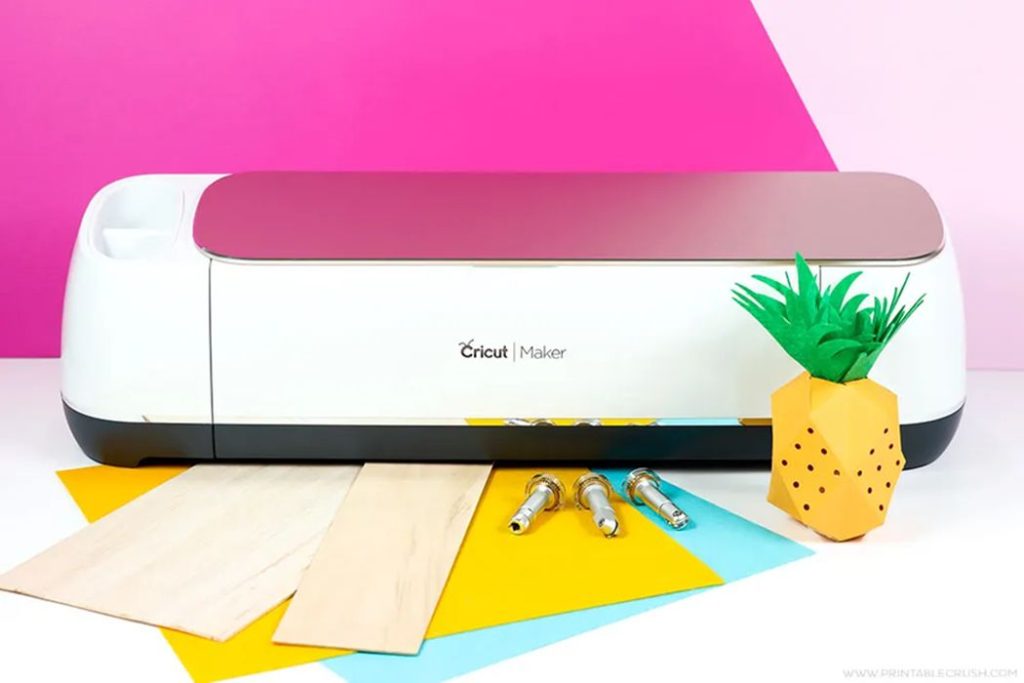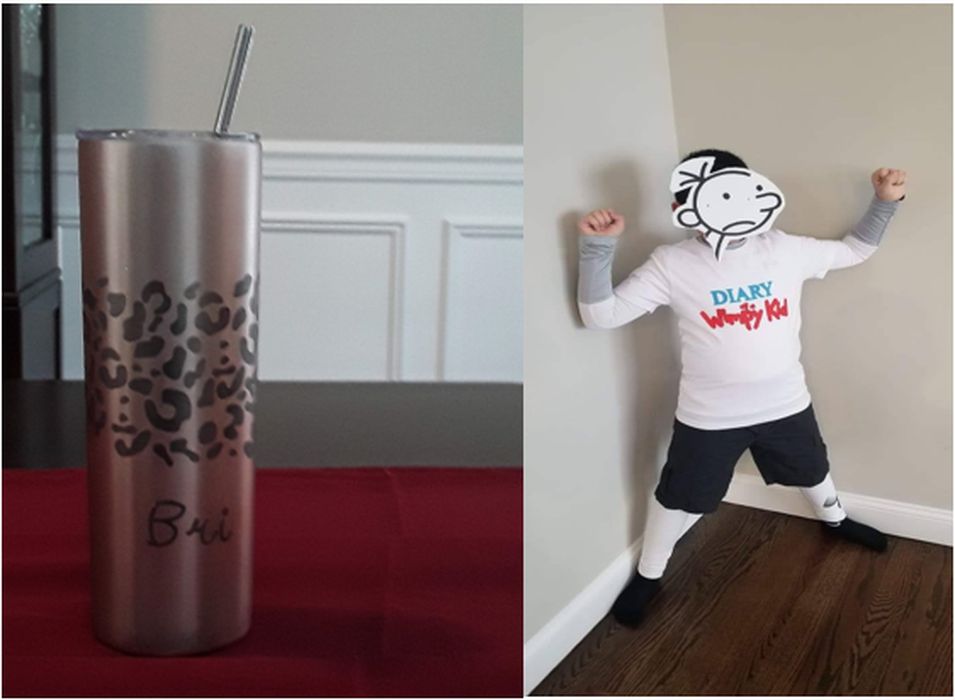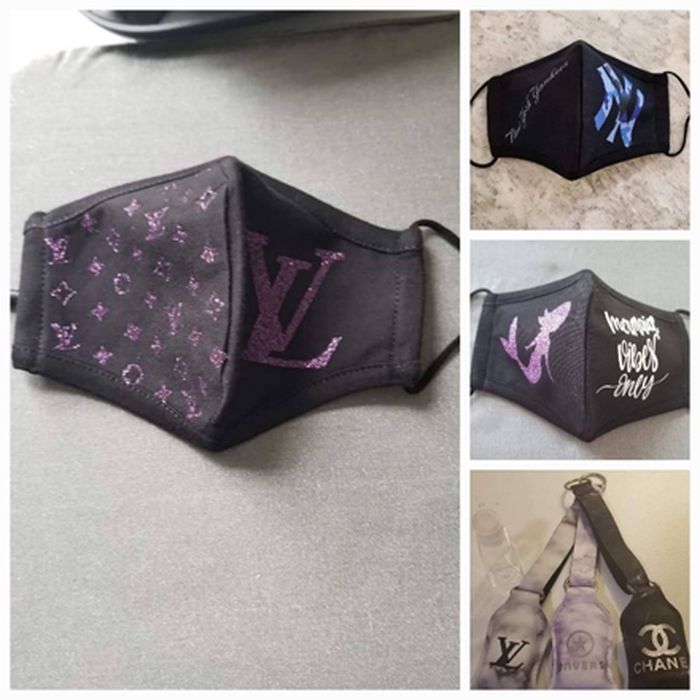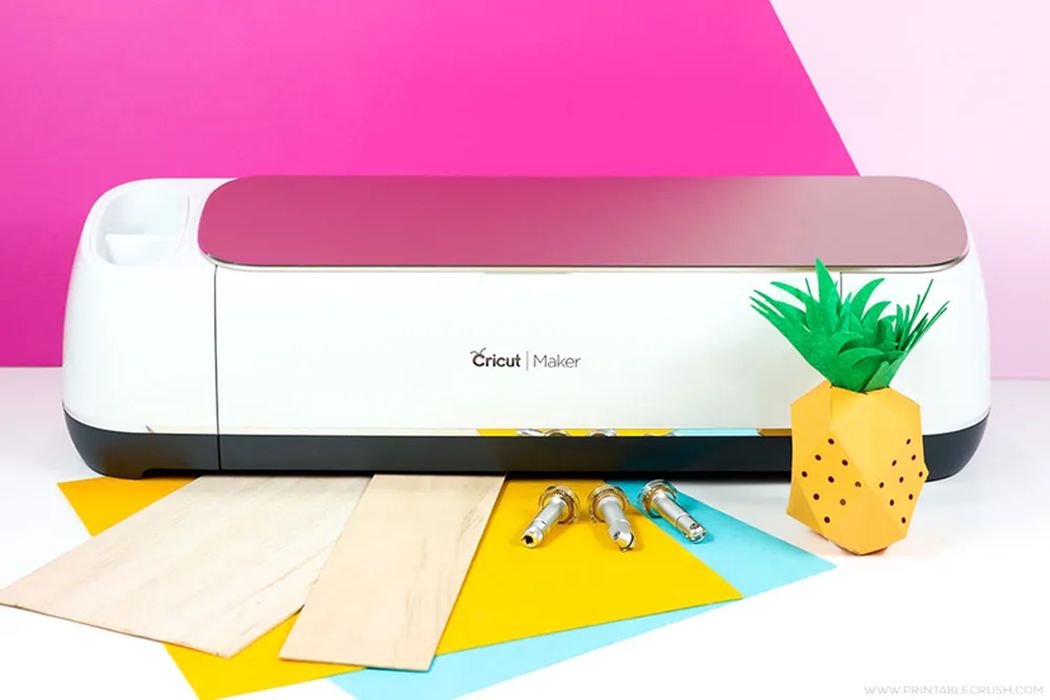
During a recent conversation I had with my sister-in-law, Brianne Sulibhavi, the topic of crafts as a hobby arose. My experience with crafting is limited to creating memorable greeting cards and some small knitting projects. What I learned from my sister-in-law was that things have clearly changed.
I was introduced to the Cricut Maker world. My sister-in-law described how she has been using her Cricut to create customized objects such as water bottles, backpacks, t-shirts, and home décor. When I saw some of these items I was amazed. They looked like products you could find on Etsy. Really cool stuff, ranging from personalized water bottles for my nephews for their after-school sports to fun t-shirts that include their favorite characters.

Charles R. Goulding and Preeti Sulibhavi propose that a Cricut Maker could lead to increased interest in 3D printing, and personal fabrication in general.
A Cricut Maker is a digital, die-cutting machine that is able to cut many different materials for craftsmen to use in a plethora of craft projects. Cricut enthusiasts and hobbyists alike can cut materials such as paper, vinyl and with the correct cutting blades some Cricut machines can also cut balsa wood, fabrics, leather and cork.
The digital designs are created in Cricut Design Space. Like software used to create designs for 3D printers (i.e., Figma and Canva), Cricut Design Space allows craftsmen to create unique designs that can be cut into a plethora of materials. The Cricut requires that the material be placed on a provided “sticky” mat. A blade will need to be installed based on the material. Feed the mat through the machine and follow the prompts to cut the material. Many of the parts on a Cricut are interchangeable, such as the blade, mat and Cricut accessories (i.e., tools to engrave, foil, deboss, and draw).

A Cricut has some notable features and functionalities that can help craftsmen make the leap from cutting to fabricating using a 3D printer. Cricut Makers can also be used in conjunction with 3D printers to create impressive objects with creative designs on them.
The underlying themes with the Cricut and 3D printers are customization and flexibility with design and materials. Both 3D printers and the Cricut offer high quality design options with a wide array of material selection as well. In fact, there is an entire section of the Etsy website dedicated to 3D printed items for sale. This is no big surprise and 3D printers can create specialized objects and Cricut machines can place creative and customized designs on them.

Brianne became interested in her Cricut hobby because she saw its utility at her cousin’s wedding (all the table settings, giveaways, and some of the décor were made with her cousin’s Cricut) and because she thought it would be a lot of fun.
While Brianne loves her Cricut, she does wish that the design software was a little more advanced and compatible with other brands (i.e., Canva). We hope this piece helps motivate people to get creative with either a 3D printer, a Cricut, or preferably – both.
The Research & Development Tax Credit
The now permanent Research and Development (R&D) Tax Credit is available for companies developing new or improved products, processes and/or software.
3D printing can help boost a company’s R&D Tax Credits. Wages for technical employees creating, testing and revising 3D printed prototypes can be included as a percentage of eligible time spent for the R&D Tax Credit. Similarly, when used as a method of improving a process, time spent integrating 3D printing hardware and software counts as an eligible activity. Lastly, when used for modeling and preproduction, the costs of filaments consumed during the development process may also be recovered.
Whether it is used for creating and testing prototypes or for final production, 3D printing is a great indicator that R&D Credit eligible activities are taking place. Companies implementing this technology at any point should consider taking advantage of R&D Tax Credits.
Making the “Cut”
While there are many reasons hobbyists take to their crafts, using a Cricut and 3D printers can only enhance their DIY projects. Sometimes, what you don’t know can be your biggest challenge in completing a project. Being made aware of how a Cricut can create fantastic designs and work in conjunction with 3D printers, can motivate people to get started on their own DIY own craft projects.

